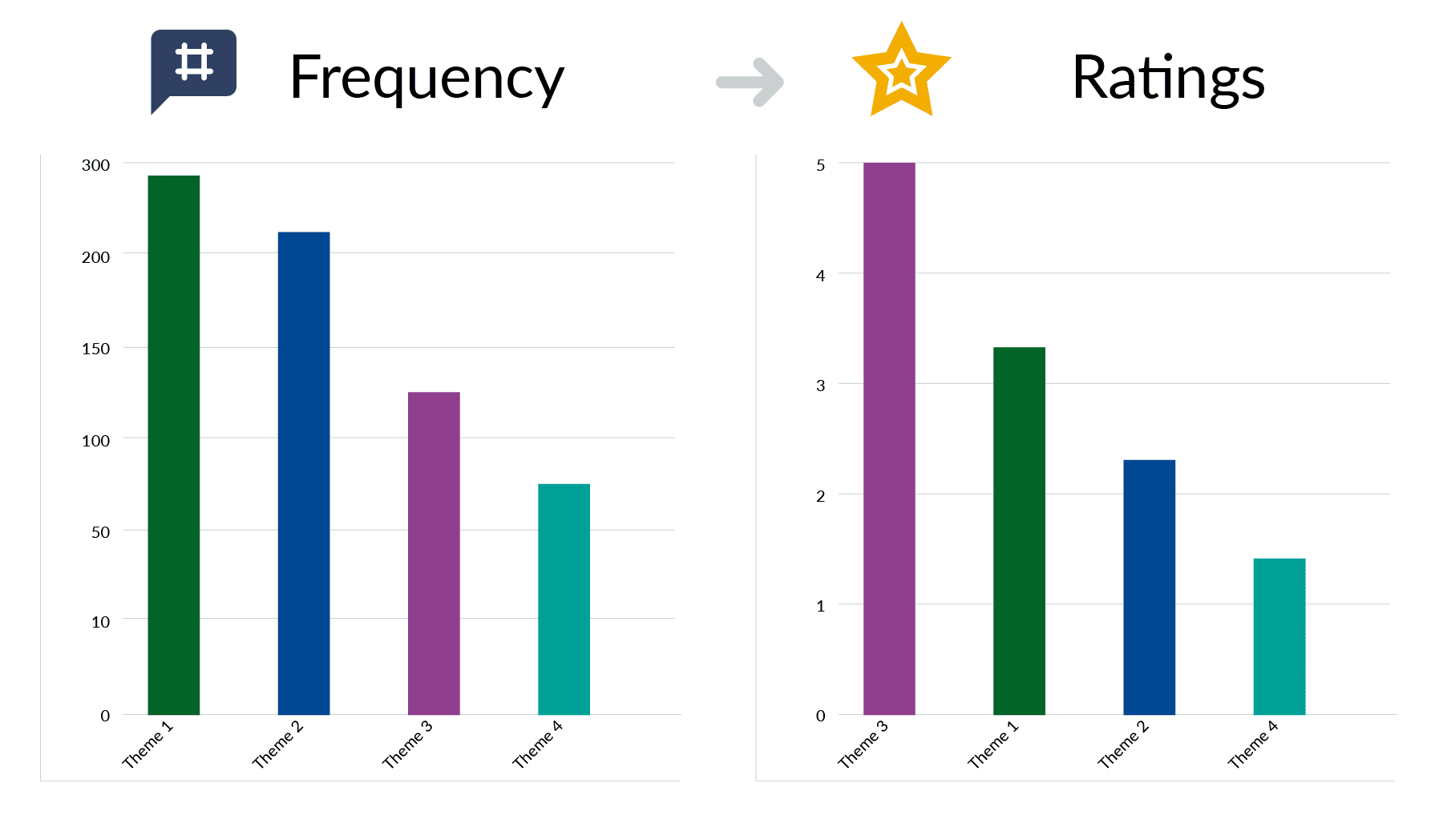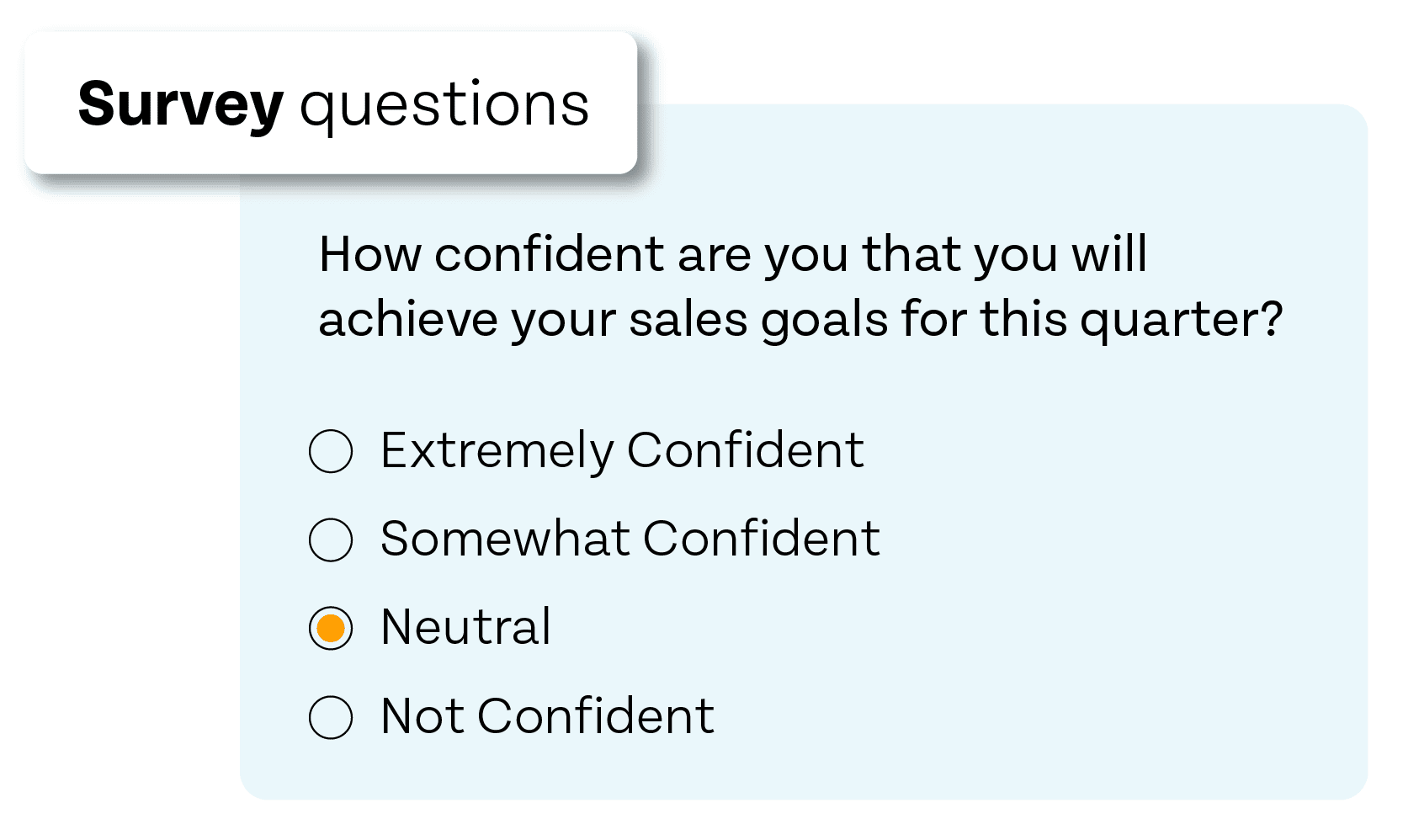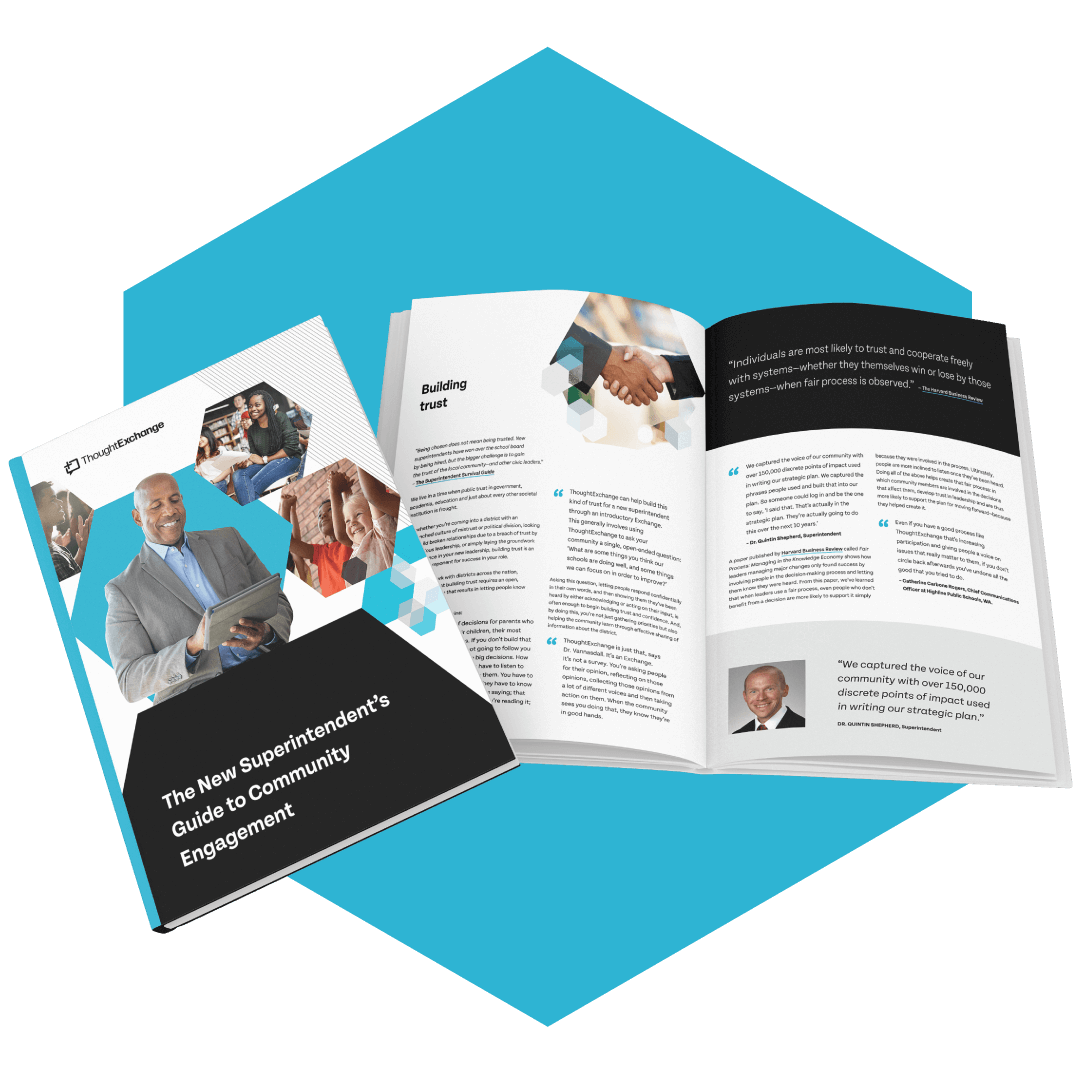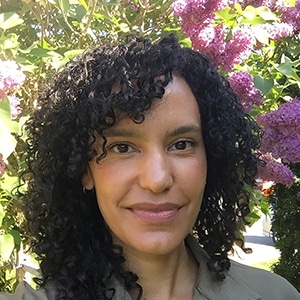







How Enterprise Leaders are Improving Corporate Culture
Prioritizing the employee experience
Chances are, the customer experience is at the top of your business’ priority list. But what about the employee experience? A positive employee experience is essential for a thriving corporate culture.
However, a recent Gartner survey found just 13% of employees are satisfied with their experience—and more than 44% of U.S workers say they’re currently looking for a new job.
So how do you build a stellar employee experience? Engagement surveys aren’t enough. Dive deeper—listen to your employees’ voices and act on them.
Multinational organization improves employee experience with better engagement strategy
A multinational organization wanted to improve its employee experience in order to lower attrition. Understanding the importance of effective employee engagement and nuanced feedback, they used ThoughtExchange to ask:
What actions can we take to address stress, wellbeing, and the employee experience this year?
Their Exchange surfaced insights from a diverse range of participants:
- 12 languages
- 45 countries
- 68% individual contributors
- 32% leaders
Their employees shared the actions that would have the most impact on retention, including improving access to development opportunities, building flexibility with a work from anywhere option, and implementing flex and do not disturb time to reduce stress.
Get results snapshot from Insights to Action report
See what’s most important at a glance

Improving employee retention
And that’s not all. According to Gallup, “engaged employees produce better business outcomes than other employees—across industry, company size and nationality, and in good economic times and bad. But only 15% of employees worldwide and 35% in the U.S. fall in the ‘engaged’ category.”
Bring your employees together to collaborate and solve problems. They’ll become more invested in the final outcome. Connecting with your teams and encouraging employee input and information-sharing are essential to increasing employee engagement and improving retention.
High-growth company improves employee retention
A high-growth company was having difficulty attracting and retaining frontline employees and managers, limiting their revenue potential.
So, they launched an Exchange to gather insights from their people, asking:
How do we attract and retain frontline employees?
They used feedback to understand retention and morale challenges. “Skill gaps at store level” was one of the top employee concerns.
Isolate priorities to tailor strategy

Identify common ground for supported strategy
Involve your people in a more equitable culture
ThoughtExchange for a healthy corporate culture




